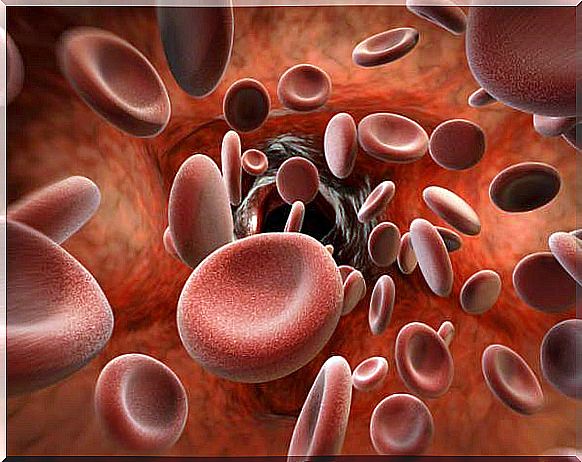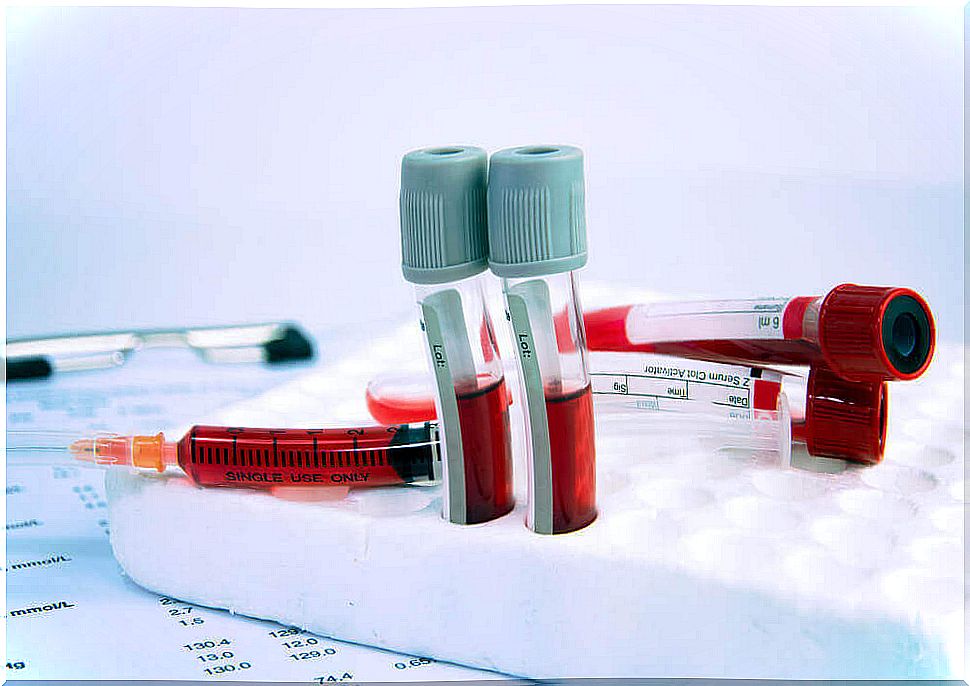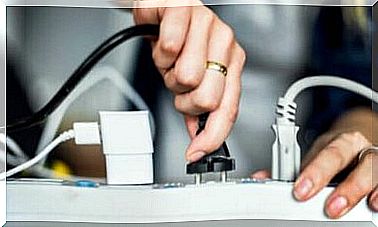Anemia: How To Recognize It?

Anemia can threaten us in certain situations, for example in pregnancy. Therefore, it is worth carrying out diagnostics in people who are constantly tired for no specific reason.
Suspicions appear with the first symptoms and increase with time. The problem with anemia, however, is not in the medical aspect itself, but in how the body responds to hemoglobin deficiency.
The clinical manifestations of anemia vary from patient to patient. They are often vague and mix with the symptoms of other ailments. In order to carry out diagnostics, a specialist should send us for laboratory tests.
What is anemia?
Anemia is a shortage of red blood cells and hemoglobin in the blood. Both components should be within certain parameters and kept at a constant level for the body to function optimally.
Red blood cells are blood cells that contain a protein called hemoglobin. These cells live for about 3 months. Every 90 days they are replaced.
Their main function is to deliver oxygen to the tissues. To fulfill this function, red blood cells contain iron-abundant hemoglobin. The microscopic form of this protein combines with oxygen and transports it and delivers it to cells, which it needs to carry out metabolic processes.
Thus, both red blood cells and hemoglobin, and indirectly also iron, are important. Anemia occurs due to the following circumstances:
- Haemorrhages that reduce the amount of circulating blood.
- Dietary iron deficiency or intestinal malabsorption.
- Chronic diseases that interfere with the formation of red blood cells.

Anemia symptoms
Anemia manifests itself in different, inconspicuous ways. It is difficult to clearly identify this disease after them – you need to see a doctor.
Fatigue and lack of strength are characteristic. Due to the lack of oxygen in the body, cellular metabolism slows down, which translates into lower overall performance – exercise is difficult and daily tasks seem tiring.
The respiratory system tries to compensate for oxygen deficiency and deliver it from the outside. Hence the shortness of breath and rapid breathing.
Suspecting anemia on the basis of pale skin color is not very effective, but rather indicative. The lack of red blood cells causes a general pallor.
Here are other symptoms of an anemic condition:
- Headaches
- Palpitations and tachycardia
- Dizziness, nausea and fainting
- Cold feet
Blood test
If anemia is suspected, your doctor will prescribe diagnostic tests, including measuring your hemoglobin level. Laboratory tests will show the concentration of this protein in the blood.
A healthy adult’s blood should contain between 12 and 18 grams per deciliter for a male and 12 to 15 grams for a female. In children, these values are more fragmented.
If a woman’s hemoglobin level is below 12 grams per deciliter and a man’s below 13 grams, it is anemic. The next step is to determine its cause and the condition of the red blood cells to characterize the disease. For this, a blood smear is made.

Anemia: what to do?
If you are anemic, you won’t find out by magic or by guesswork. It is necessary to diagnose and measure the level of hemoglobin in the blood in the laboratory.
If you suspect you are anemic because you are constantly tired, your skin is pale and your limbs are cold, consult a specialist. When you tell him about the symptoms, he will send you for appropriate tests.
Almost all forms of anemia are treatable, whether with iron supplementation or by eliminating hemorrhage. So that’s another reason not to ignore your suspicions.









